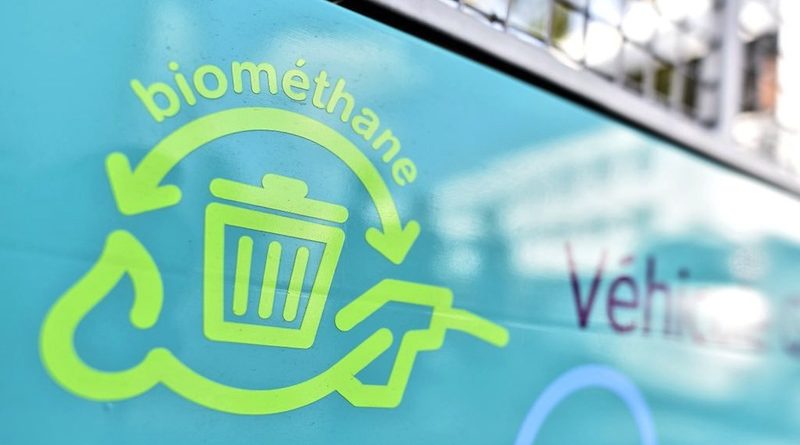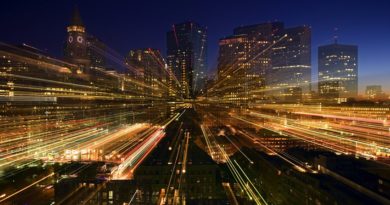
Making transport cleaner: Yes we can!
In December, the EU Parliament and Member States agreed on ambitious targets for 2030 demanding a reduction of CO2 emissions from new passenger cars and light commercial vehicles by 37,5% and 31% respectively.
Negotiations on 2030 targets for trucks are not yet finalized but here as well, ambitious proposals are on the table.
Some say that these ambitions are not realistic. Some express doubts whether it will be possible to make the transport sector cleaner while serving mobility needs at affordable price and preserving industrial competitiveness and jobs in Europe.
Indeed, the challenge is huge. But we can live up to our ambitions if we make use of a variety of complementary solutions, comprising alternative fuels, infrastructure investment, multi-modal integration, increased efficiency of the transport system through digitalization, etc.
A mix of complementary solutions is needed
In ongoing discussions, e-mobility attracts a lot of attention, both from those who would like to see it as the “silver bullet” as well as from its opponents.
This risks to narrow down the debate, neglecting other solutions like biomethane.
Biomethane is a renewable fuel that generates very low or even negative greenhouse gas and pollutant emissions.
It can be produced from sustainable feedstock such as agricultural residues, organic waste or manure, brings additional revenue to farmers and contributes to the circular economy.
It can be blended with natural gas which allows for progressive development of green gas production.
Biomethane is thus a key alternative fuel for new vehicles and also helps to increasingly decarbonize the existing fleet of more than 1.3 million natural gas vehicles in Europe.
Coupling the energy and transport sectors
The mobility of the future will be much more coupled with the energy sector and this is where the competencies of ENGIE with a strong position in power, gas and energy services as well as in urban planning and transport management, come into play.
ENGIE is a large investor in renewable electricity production and also develops electric vehicles charging infrastructure, together with our subsidiary EV BOX, a leading company with more than 60000 charging points installed worldwide.
While electrification will play a key role for cars and vans, it reaches its limits when it comes to long-haul heavy duty transport.
There are not only technical and operational constraints related to the limited driving range, weight and charging times of battery electric vehicles, commercial fleet operators are also very sensitive to higher upfront cost.
A more credible and cost-effective alternative in this segment is natural gas, in compressed or liquefied form (CNG or LNG).
Replacing diesel by natural gas has an immediate effect reducing air pollution. Thanks to the development of biomethane, it presents a significant greenhouse gas reduction potential.
As major gas company, ENGIE invests also in natural gas filling stations via our subsidiary GNVERT, offering our clients either Natural Gas or 100% biomethane solutions.
ENGIE has announced recently to mobilize 800 million EUR in the coming 5 years to develop green gas.
We are supporting the sector’s industrialization to reduce the cost of renewable gas by about 30 to 40% by 2030 and thus achieve cost parity with natural gas.
At ENGIE, we strongly believe in green hydrogen produced from wind and solar power via electrolysis.
The beauty of hydrogen lies in its multiple use cases: Renewable hydrogen can replace grey hydrogen used in industrial processes or it can serve as a storage option to integrate variable renewables in the energy system.
In the transport sector, hydrogen can be used directly in fuel cell vehicles or serve as a basis for synthetic renewable fuels.
ENGIE is involved in several projects including hydrogen for mobility, for example by developing the first hydrogen-powered bus line in France.
A favorable policy framework to enable the “mobility transition”
ENGIE is a leading company in the energy transition and we stand ready to become a key player in the “mobility transition” as well.
To make this transition happen, we need an encouraging policy framework at European as well as at country level.
Member States should provide visibility to investors in alternative fuel infrastructures, among others by stimulating the demand for cleaner vehicles and putting in place incentive programs, fiscal measures, etc.
At European level, the Clean Mobility Package will have a decisive impact on the types of vehicles sold on the market in the coming decade.
It must refrain from “picking winners” and create instead a level playing field to allow for fair competition among different fuels and powertrains.
The “tailpipe approach” to measure CO2 emissions is inappropriate as it neglects greenhouse gas emissions from the production and transport of the fuel or electricity and the environmental impact of battery production.
This approach is not technology neutral but it creates a strong bias in favor of electrification.
Being a large investor in the energy and transport sector, we know that it is too risky to put all one’s eggs in one basket.
Electric vehicles, natural gas, biomethane, renewable hydrogen all these solutions will be needed and should be supported in accordance with their environmental and social impact.




